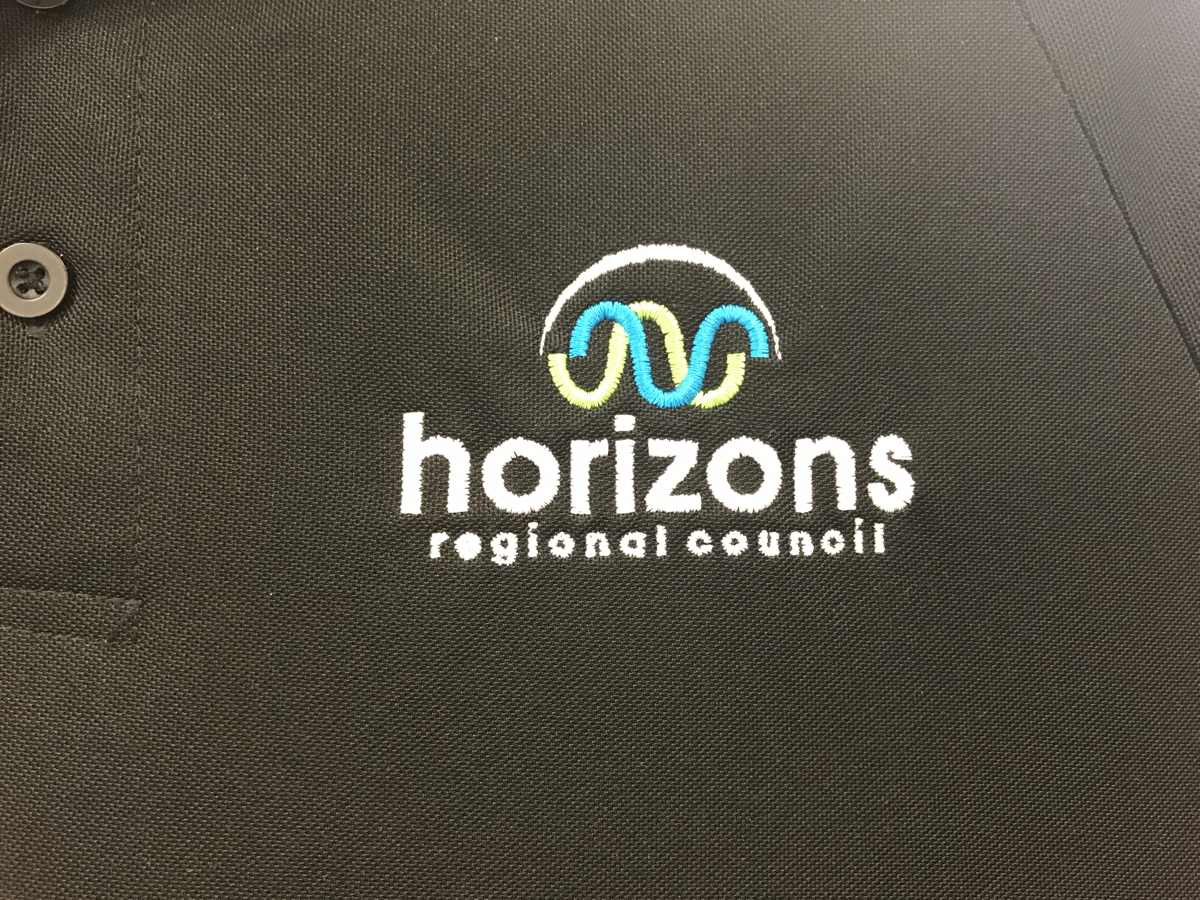Title Page
-
Conducted on
-
Prepared by
-
Date and Time of Inspection
-
Inspection Address
-
Warrant Presented
-
Consent Monitoring Officer
- Samuel Fuchs
- Dan Higgs
- Hamish Sutherland
- Stacy Tahere
- Jared Crowley
- Georgia Hodges
-
Land Owner
-
Site Contact
-
Contact Details
-
Hectares of Vegetable growing
-
Proportion of leased and/or Owned Land
-
Lot names for Vegetable blocks
-
Is record keeping up to date
-
Notes
-
Is the grower aware of the cultivation rule?
-
Notes
-
Is the grower aware of the Code of Practice?
-
Notes
-
Any additional information from the grower
-
Activities assessed
-
Cultivation Rule 13-4
-
Nutrient Management
-
Record Keeping
-
Irrigation Management
-
Notes
-
CULTIVATION 13-4
Permitted activity
Except as regulated by Rules 13-6, 13-8 and 13-9, any Cultivation and ancillary land disturbance for the purposes of constructing erosion and sediment control methods to minimize sediment run-off into water pursuant to s9(2) RMA and any ancillary:
(a) diversion of water pursuant to s9(2) RMA on land where Cultivation is undertaken,
or
(b) discharge of sediment into water pursuant to s15(1) RMA resulting from the cultivation or the use of ancillary erosion and sediment control methods to minimize sediment run-off into water. -
Permitted activity conditions:
-
(a) The activity must not take place on land that is within a coastal foredune
-
(b) Bunding, silt traps, interception drains or other alternative methods to minimize sediment run-off to water must be installed prior to and maintained during cultivation.
- Yes bunding present
- No Bunding present, not required
- No Bunding present, but is required
- Yes, Silt traps present
- No Silt traps present, not required
- No Silt traps present, but is required
- Yes, Interception drains present
- No interception drains present, not required
- No interception drains present, but is required
-
Notes:
-
(c) Any ancillary discharge of sediment into water must not, after reasonable mixing, cause the receiving water body to breach the water quality standards for visual clarity set out in E for that waterboy.
-
(d) For vegetable crops listed within the Commodity Levies (Vegetables and Fruit) Order 2007 a paddock assessment must be undertaken in accordance with the Code of Practice for Commercial Vegetable Growing in the Horizons Region (Horticulture New Zealand) Version 2010/2.
-
(e) The activity must not occur on land^ that is in, or within 5 m of: (i) the bed^ of a river^ that is permanently flowing, (ii) the bed^ of a river^ that is not permanently flowing and has an active bed* width greater than 1 m, (iii) the bed^ of a lake^. RIVER means a continually or intermittently flowing body of fresh water; and includes a stream and modified watercourse; but does not include any artificial watercourse (including an irrigation canal, water supply race, canal for the supply of water for electricity power generation, and farm drainage canal)
- The activity does not occur on land^ that is in, or within 5 m of the bed^ of a river^ that is permanently flowing
- The activity does occur on land^ that is in, or within 5 m of the bed^ of a river^ that is permanently flowing
- The activity does not occur on land^ that is in, or within 5 m of the bed^ of a river^ that is not permanently flowing and has an active bed* width greater than 1 m
- The activity does occur on land^ that is in, or within 5 m of the bed^ of a river^ that is not permanently flowing and has an active bed* width greater than 1 m
- The activity does not occur on land^ that is in, or within 5 m of the bed^ of a lake^.
- The activity does occur on land^ that is in, or within 5 m of the bed^ of a lake^.
-
Notes:
-
(a) The activity must not occur on land^ that is in, or within 10 m of: (i) A wetland^ as identified in Schedule F, (ii) Sites valued for Trout Spawning as identified in Schedule B, (iii) Sites of Significance - Aquatic as identified in Schedule B.
- The activity does not occur on land^ that is in, or within 10 m of A wetland^ as identified in Schedule F
- The activity does occur on land^ that is in, or within 10 m of A wetland^ as identified in Schedule F
- The activity does not occur on land^ that is in, or within 10 m of Sites valued for Trout Spawning as identified in Schedule B
- The activity does occur on land^ that is in, or within 10 m of Sites valued for Trout Spawning as identified in Schedule
- The activity does not occur on land^ that is in, or within 10 m of Sites of Significance - Aquatic as identified in Schedule B.
- The activity does occur on land^ that is in, or within 10 m of Sites of Significance - Aquatic as identified in Schedule B.
-
Notes:
-
NUTRIENT MANAGEMENT
-
How is fertilizer applied and how do you measure out the quantity? (e.g. is it a couple of handfuls is it measured out in grams per plant etc.)
-
How often are soils tested?
- Daily
- Weekly
- Monthly
- Annually
- Biannually
- Never
-
Notes:
-
Are herbage tests undertaken and how frequently?
-
RECORD KEEPING
-
What crops are planted? When? and how often? (Looking at what is growing the region, overall picture)
-
If records have not been kept, can you start now?
-
IRRIGATION MANAGEMENT
-
Does your farm have irrigation?
-
In what form?
-
What method do you use to determine soil moisture level to manage irrigation?
-
Do you have a vegetable washing operation?
-
How many vegetables are processed per day?
-
Is the grower part of a recognised GAP programme?
-
Are there any drainage concerns?
-
What are they?
-
Does the grower have any concerns or issues regarding the process moving forward?
-
If yes, what are they? (If we can't answer now, we will get back to the grower with an answer)
-
Do you know any growers we may have missed?
-
Name and Contact Details
-
Site exit time
-
Monitoring Officer
- Samuel Fuchs
- Dan Higgs
- Hamish Sutherland
- Stacy Tahere
- Jared Crowley
- Georgia Hodges
-
Signature







